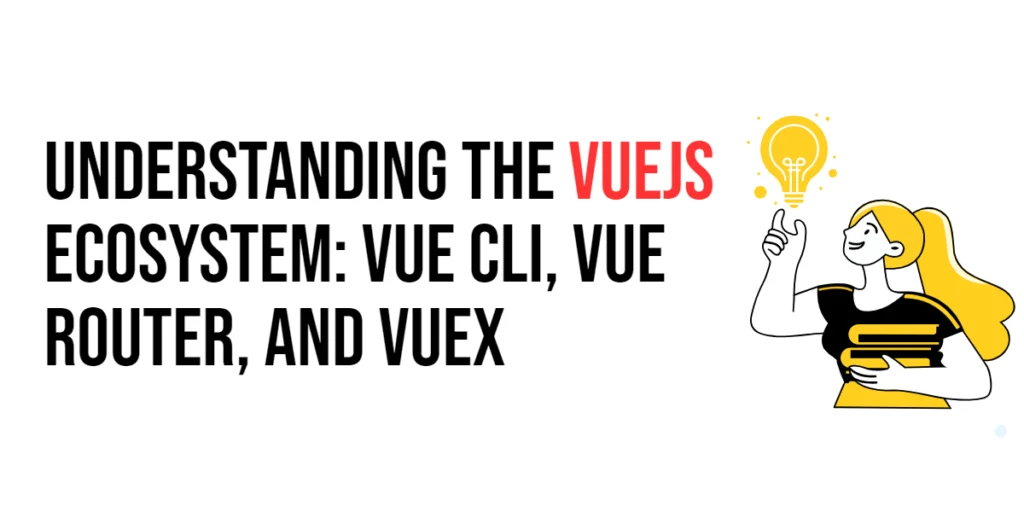Conditional Rendering in Vuejs: v-if, v-show, and v-else
Conditional rendering is a powerful feature in Vue.js that allows developers to dynamically control the visibility of elements based on the application’s state. This capability is essential for creating interactive user interfaces that respond to user input and other events. Vue.js provides several directives for conditional rendering, including v-if, v-show, and v-else. The v-if directive […]
Conditional Rendering in Vuejs: v-if, v-show, and v-else Read More »









